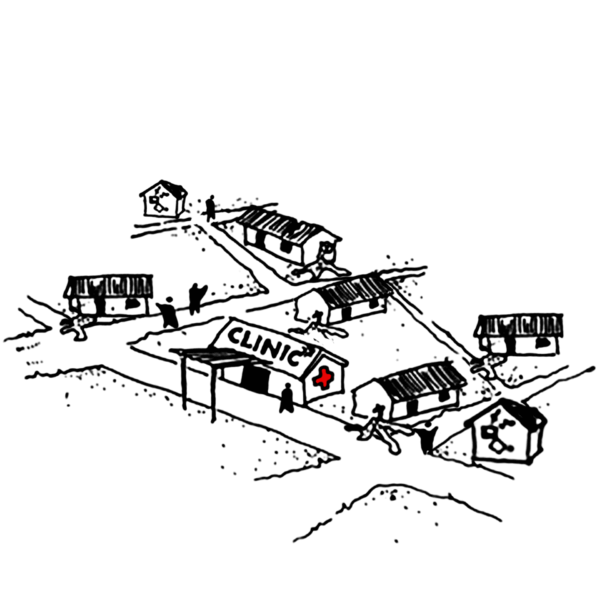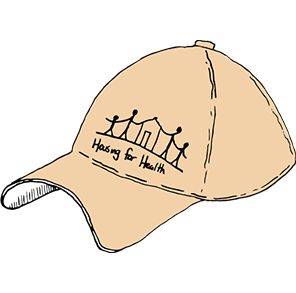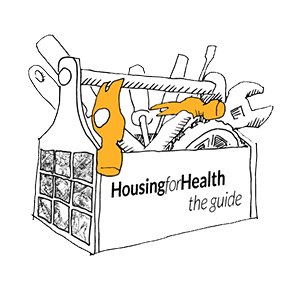ADVOCACY: Housing as Primary Health Care
“The increasing rate and severity of heatwaves linked to climate change is a major threat to health” (1)
The Aboriginal Health Council of Western Australia (AHCWA) is the peak body for Aboriginal Community Controlled Health Services (ACCHS) across Western Australia (WA). It is concerned that despite the increased impacts of climate change experienced by Aboriginal people and that are being faced by the ACCHS Sector, there is a significant lack of resources.

Housing exists as part of the broader network of health-giving services in our communities. Housing maintenance is critical for this part of the service to function.
Some key points;
- Climate change has been declared the biggest threat to public health of this century. Current and future climate change poses significant risks to the health of Western Australians and the resilience of the health sector. (2)
- The increasing rate and severity of heatwaves linked to climate change is a major threat to health and is associated with significantly increased mortality (deaths) in Australia (1)
- In preparation for heatwaves; Only 1 of the 43 resources identified had Aboriginal families as the target audience (produced by NSW Health); this resource was only available online. (3)
- For coping during heatwaves: None of the 56 resources identified provided information specific to Aboriginal individuals or families. (3)
Health and Housing;
- It is clear from the AHCWA’s work that their focus is clearly on health care and education, and well perhaps it should be, since this is there core business.
- Housing provides the first defence against an increasingly volatile climate and is where patients return to after being treated by health services.
- We proposes that housing should be part of the health strategy. We propose this in a number of ways;
- Cyclical and preventative repairs and maintenance programs to improve the health giving function of housing.
- Climate retro-fits to existing housing stock to improve air-tightness and thermal efficiency.
- Quality (and appropriate for the climate) new builds for remote Aboriginal communities – designed, built and tested to 8 stars (NatHERS).
- Lower reliance on power hungry (therefore high tenant power costs) mechanical heating and cooling like Air-conditioning units.
Sure that sounds great…but how?
The solutions largely needs to come from the top down.
- We are a partner in the RACE for 2030 which is using existing technologies and construction detailing to achieve remarkable results in house thermal efficiency. The final report is due late 2025.
- Housing for Health – the Guide has a large library of design principles to improve house function.
- The Housing for Health methodology provides a data driven pathway to improved house function. We are always open to partnering with organisations to improve house function.
- Improvements in passively (without electricity) heating and cooling houses has been proven not just by Healthabitat but by the construction industry over decades. Architects, energy assessors, builders, engineers and other professions can also be health workers.
References
2 – Sustainable Development Unit. Health Sector Adaptation Plan Discussion Paper. Department of Health Western Australia; 2024 p. 1–4.









